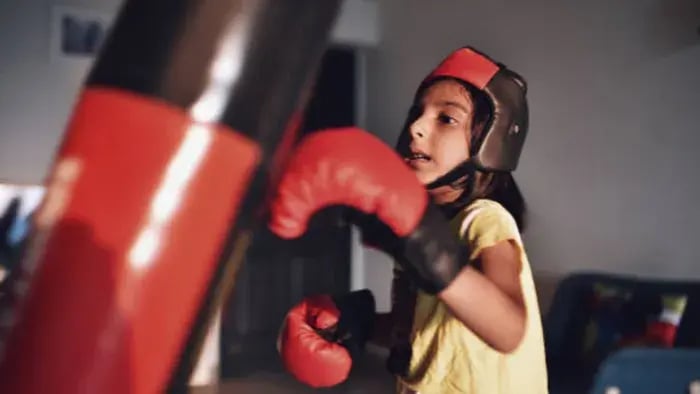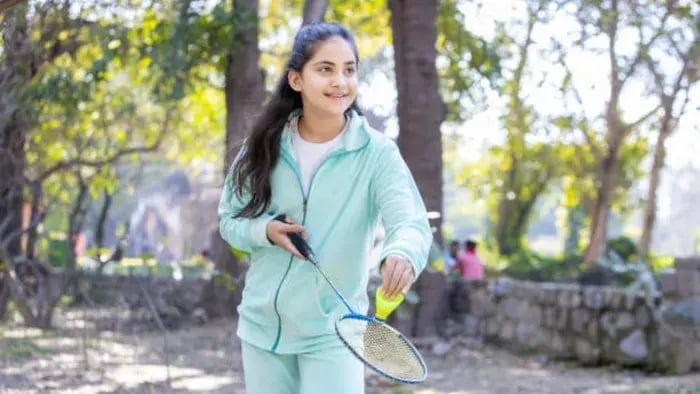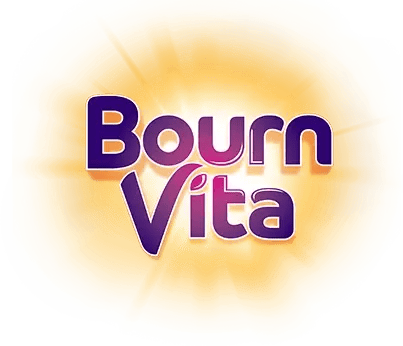- Wall Sit
- Modified Push-Ups
- Plank Hold
- Squats
- Bird-Dog Pose
- Glute Bridge
- Lunges
Introduction

Strong muscles plays a big role in your child’s daily life. From lifting a school bag to running on the playground or sitting with good posture in class, strength impacts how kids move, focus and feel. It’s about improving balance, coordination, flexibility and body awareness. For children and teens, strength training supports bone health, reduces injury risk and even boosts energy levels so they can stay active and alert all day.
You can start with bodyweight exercises like squats, planks, lunges, and wall sits are simple, safe and just as effective when done consistently. These exercises can be done in a small space at home, living room, balcony or even a quiet corner of a bedroom. They can be part of a morning routine or a fun after-school activity. In fact, younger kids often enjoy turning them into games or challenges and teens may find them helpful for building strength for sports or managing stress.
These exercises offer more than just physical benefits. Regular movement builds confidence, improves sleep and helps kids reconnect with their bodies, something especially important in today’s screen-heavy routines. Encouraging strength training at home builds a habit that can last for years and makes it easier for kids to choose healthier ways to manage energy and emotions.
7 Easy and Safe Strength Moves for Everyday Fitness

Using just their body weight and a bit of space, kids can work on developing essential muscle groups in a safe, age-appropriate way. These movements not only help with physical fitness but also support balance, focus, and overall coordination, skills needed both in academics and outdoor play. Below are seven effective and fun strength-building exercises that suit all age groups and can be part of a regular home routine.
Wall Sit
Let your child stand with their back against a wall and slowly slide down until their knees form a 90-degree angle, just like sitting in an invisible chair. Holding this position, even for 20–30 seconds, builds strong quads, glutes, and calf muscles. According to a study done by, Clin Sports Med. 2000, it’s especially helpful for children who participate in running or jumping sports. You can make it engaging by using a timer or playing a counting game while holding the position.
Modified Push-Ups
For children who are just starting out, modified push-ups (knees on the ground) are ideal. They work the chest, triceps, shoulders, and core muscles. According to the Ministry of Youth Affairs and Sports, this move also promotes coordination between the upper body and the lower body. Practicing 5–10 reps a day can improve posture and make tasks like carrying school bags or lifting water bottles easier. Gradually, they can progress to full push-ups over time.
Plank Hold
In a basic forearm plank position, your child will engage muscles in the abdomen, shoulders, back, arms, and even legs. Ask them to keep their body in a straight line and avoid letting the hips sag or rise too high. A 15–30 second plank daily can greatly improve core stability, balance, and focus. As per the study published in, Sports Health. 2009, encourage kids to take deep breathing while holding to also develop mental discipline.
Squats
Squats target major muscle groups in the lower body, including glutes, hamstrings, and calves. Teach your child to keep feet shoulder-width apart and to bend knees slowly while keeping their back straight. According to the Centers for Disease Control and Prevention (CDC), doing squats helps with flexibility, posture, and everyday movements like sitting and lifting. You can make it fun by adding a twist—like frog jumps or squatting while holding a soft toy.
Bird-Dog Pose
Starting from a hands-and-knees position, ask your child to extend one arm forward and the opposite leg backwards. Hold for a few seconds and switch sides. According to the Sports Authority of India, this controlled movement strengthens the lower back, shoulders, and core muscles. It also improves balance and motor coordination—especially helpful for kids who are active in dance, skating, or martial arts.
Glute Bridge
Have your child lie on their back with knees bent and feet flat. Slowly lift the hips toward the ceiling, hold for 3–5 seconds, and lower down gently. As per the study published in, Sports Health. 2009, this exercise is great for strengthening the glutes, lower back, and hamstrings. It also counteracts the effects of long sitting periods and supports spinal alignment. Doing a few sets regularly helps reduce growing pains and keeps the back strong.
Lunges
Lunges are excellent for developing leg and core strength while improving balance. Ask your child to step one foot forward, bend both knees to 90 degrees, and then return to the starting position. Alternate legs. According to the Ministry of Youth Affairs and Sports, lunges strengthen glutes, quads, and calves. They also teach body awareness and improve walking posture. You can try side lunges or backward lunges for variation once they’re comfortable.
Conclusion

Introducing strength exercises in a child’s daily routine sets the foundation for lifelong fitness. These moves don’t require any equipment or large space, making them easy to do anywhere. What matters most is consistency. Practicing these exercises just a few times a week builds strength, confidence, and healthy habits. Always encourage effort over perfection and celebrate every small improvement. A supportive, fun approach will keep your child motivated, active, and proud of their growing strength.
Her love for storytelling began with reading her grandfather’s speeches, where Tarishi saw the power of words in creating lasting memories. Combining her passions for food and writing, she has turned her life into a fulfilling path of sharing stories that celebrate flavours and how food brings communities together.
The views expressed are that of the expert alone.
The information provided in this content is for informational purposes only and should not be considered a substitute for professional medical advice, diagnosis, or treatment. Always seek the advice of your physician or another qualified healthcare provider before making any significant changes to your diet, exercise, or medication routines.
References
https://sportsauthorityofindia.nic.in/sai/ncoe
https://www.cdc.gov/physical-activity-basics/health-benefits/children.html
















